|
If you have been following the blog for some time you may remember the project I did last year where I photographed one hill over the span of a year. Watching the changes through a full year is an amazing experience so, yep, I've been at it again! This year I wanted to see how Brown's Lake Bog changes, when it's big growth and diebacks are, what's blooming. While this post doesn't show the full year, I will be continuing with the project and posting monthly updates from this point on. Above each image you'll see the date and some observations from that time. Enjoy!
0 Comments
A cool, overcast day - perfect for taking photos of flowers and re-visiting a few of my favorite places!
There's a lot going on out there, summer blooms - whorled loosestrife, moth mullein, swamp candles, and even the rose pogonia orchids at the bog! The summer months also bring out the sedges (have edges) and rushes (are round). At the bog, some interesting changes have taken place after this winter's management of chopping down the trees (many were the high bush blueberries) that had been slowly but very surely taking over the sphagnum mounds, the bog plants have been able to breathe and get their much needed sunlight with the trees gone, and the round-leaf sundews have been taking full advantage of that! I found sundews in areas I've never seen before! At any rate, click 'read more' to see photos from today's adventures and to learn more. One of the more unique places I enjoy spending my time is at Brown's Lake Bog. A sphagnum moss covered bog which hosts a variety of unique and interesting plant life. In the span of a week a whole new variety has bloomed. April 5th 2016 Week one the cut-leaf toothwort is in bud form, the fiddleheads are just starting their awakening, the carnivorous pitcher plants are opening their tiny red cups, the mayapple are sprouting widely, and the ground ivy is blooming the vibrant purple blue that it does. While walking along, we saw a Brown Creeper and a Yellow Crowned Kinglet (bird species I had never seen before)! There were also a herd of deer, various chipmunks, and the occasional peeping frog singing. April 13th 2016 One week later we find the first sign of the roundleaf sundew (carnivorous), more activity with the pitcher plants, as the water warms further along more fiddleheads are rising from their sphagnum moss mounds, spring beauties blanket the forest floor, turkey tail fungi welcomes the sun, tracks of a raccoon friend imprinted in the mud, cutleaf toothwort opens, in the distance you can see the green moving in, somewhere amongst these trees is a brown creeper, the teeny tiny kidney leaf buttercup opens its first bloom, the teeny white flowers of the chickweed are now visible, green everywhere, and lastly the dead nettle shows off its purple shades. What a time to explore! Believe it or not, it's still a jungle out there... just, an ever shrinking jungle. This is why conservation efforts and nature preserves are so very important. One of my favorite places to explore when I get the itch for isolation, to be in a primitive land, to see things different, to remind myself there is more in this world than the day-to-day is Brown's Bog. It's located down a dirt and gravel road, off a back road in the middle of the country, there is no address, there are no facilities, just a small pull off and a sign to let you know you've arrived. But first, a little about Ohio's State Nature Preserves...
"Brown's Lake Bog is one of a handful of sites in Ohio which contain an open kettle- hole lake surrounded by a floating sphagnum moss mat. The bog and surrounding forest were purchased by The Nature Conservancy in 1966. The preserve was declared a National Natural Landmark in 1968.
The preserve lies in the Glaciated Allegheny Plateau region of northeastern Ohio. The bog and lake are glacial relicts, and the knolls in the northeast corner and southern part of the property are glacially formed hills called kames. The naturally acidic properties of sphagnum and its ability to insulate the water from rapid air temperature changes provides the special conditions needed to maintain the boreal plant community including round-leaved sundew, large cranberry, grass-pink orchid and marsh five-finger. The lowland woods south and northeast of the main bog support shallow ephemeral pools during much of the year." There are over 20 different species of rare or endangered plant forms that are able to survive due to this unique environment. Take a trip and see how many of these interesting species you can find!
|
AboutSince 2015 we have been exploring and sharing all the amazing things we’ve found in nature. AuthorEmily is an Ohio Certified Volunteer Naturalist who is most often found out in the woods. Archives
March 2024
Categories
All
|
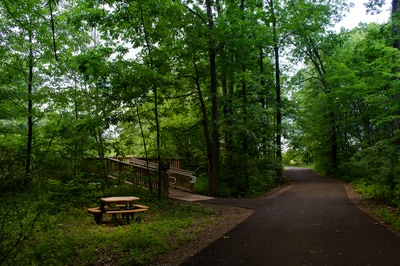
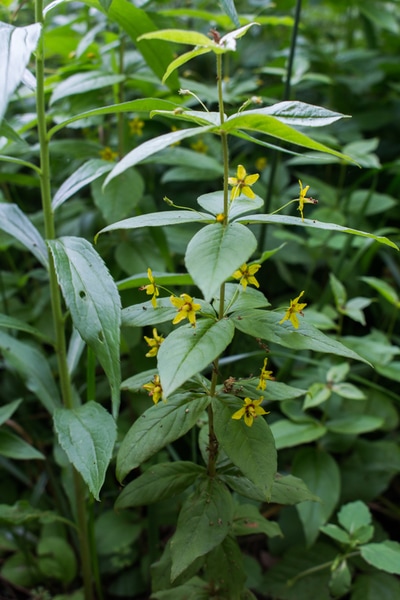
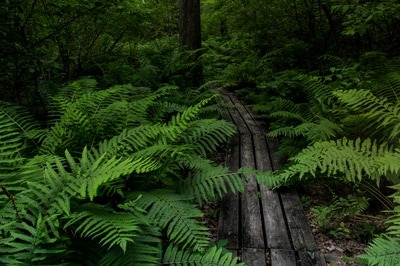
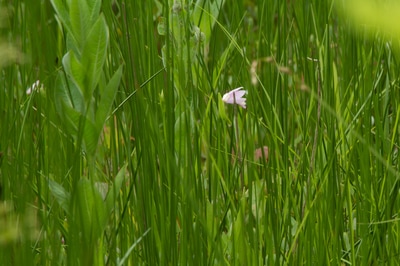
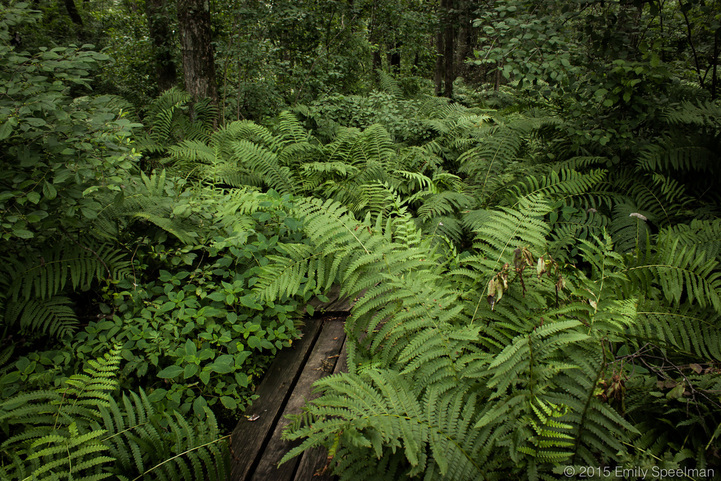
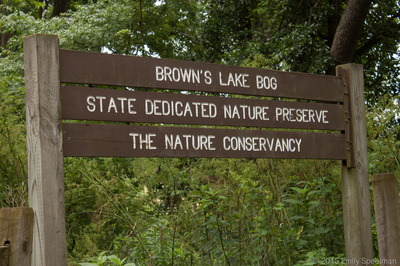
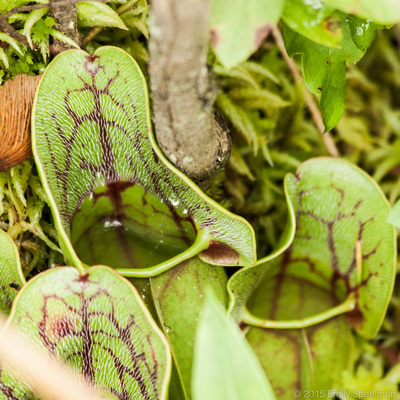
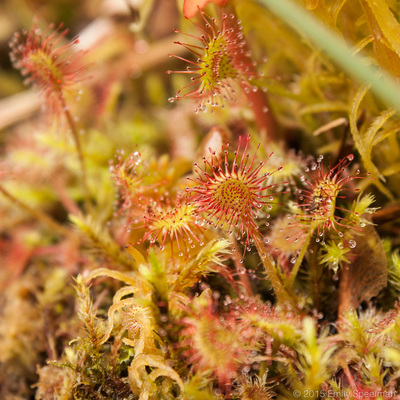
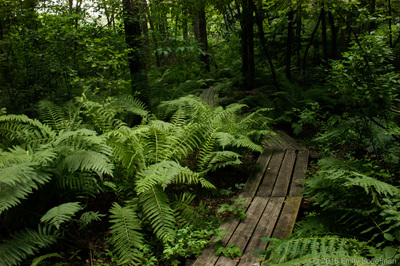
 RSS Feed
RSS Feed